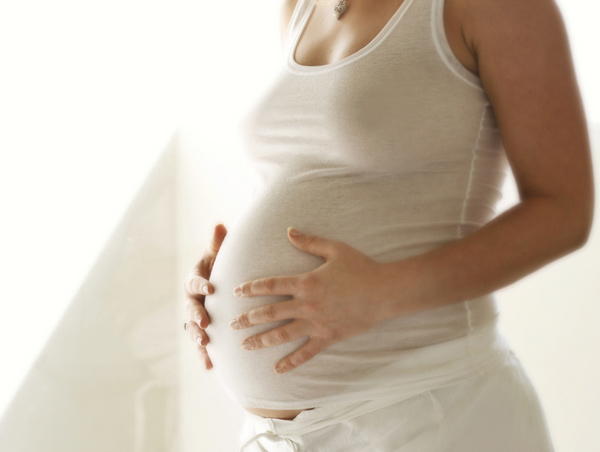Disclaimer: This post is contributed by Planning With Kids partner ecostore.
Huia Iti is the scientist heading up research and development at ecostore, I caught up with him to talk about Phthalates and why we should steer clear of them in everyday products.
Phthalates (pronounced thay-lates) are a class of chemicals that are also known as phthalate esters or esters of phthalic acid. They are often used as plasticizers (substances added to plastics to make them more flexible, durable and longer-lasting) and are commonly used in plastics, clothing, cosmetics, perfumes and children’s toys.
According to the FDA, the main phthalates used in cosmetics are dibutylphthalate (DBP), dimethylphthalate (DMP), and diethylphthalate (DEP). They are used as plasticizers in products such as nail polishes (to reduce cracking by making them less brittle) and hair sprays (to help avoid stiffness by allowing them to form a flexible film on the hair) and as solvents and perfume fixatives in various other products. Read more here.
What’s the problem with Phthalates?
Phthalates are known endocrine disruptors, which means they affect hormones within the body. Because hormones control so much of our bodies processes, interrupting the natural hormonal balance of the body with endocrine disruptors can have a very dramatic effect on health.
They’re particularly risky for pregnant women, as phthalates are also known to cross the placenta. In animal experiments, exposure to phthalates has been shown to increase developmental abnormalities and increased foetal death. A large human population study found an association between phthalate metabolites in pregnant women and effects on the genitals of their newborns. In 2004 a study showed that phthalates were detected in pooled breast milk samples from American women and in infant formula. Breast milk contaminated with phthalates was also linked to reproductive hormonal imbalances in infant boys.
High risk of exposure Phthalates can leach into food through plastic containers and are quite stable in the air which means can travel long distances. They have been measured inside people’s homes in house dust and indoor air and have also been measured in foods, milk and drinking water .
What can we do to reduce our exposure to Phthalates?
In food
- Eat fresh and unprocessed, unpackaged foods
- Avoid PVC’s – recycle code 3 – which are most often used to package ready-made meals
- Store and reheat food in glass, ceramic or stainless steel, instead of plastic or plastic wrap
In body care
- Choose products that are scented only with essential oils or are labeled as phthalate-free
- Phthalate-free nail polishes are becoming easier to find, and many nail salons offer them as well (otherwise bringing your own is a simple solution)
In your home
- Avoid synthetic air fresheners including spray, gel and plug-in varieties
- Flowers, plants or an open window are healthier ways to freshen your home
- Shower curtains made from cloth or labeled as phthalate-free or PVC-free are a safer alternative to vinyl shower curtains
- Selecting natural flooring made from materials like wood, bamboo, or natural linoleum
- Cover vinyl flooring with a sheet or quilted mat before letting children crawl or play on it
If you have any other tips for getting rid of Phthalates from your home we’d love to hear them.
This post was originally posted on the ecostore blog.

